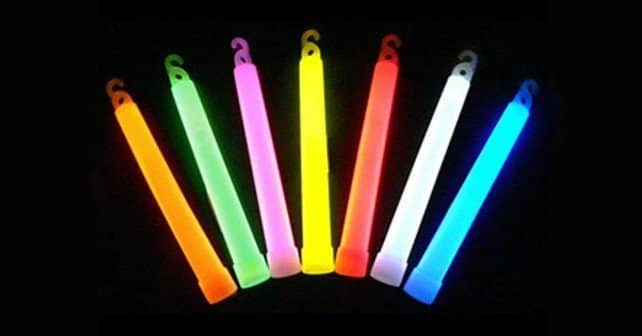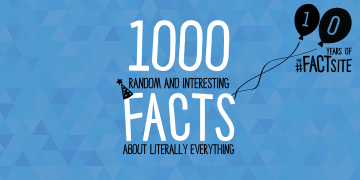What are glow sticks I hear you say?
Well they are plastic tubes which you shake and break, and then they will glow – they are fantastic for UV parties!
Long, thin, glowwy and versatile.
Typically, these are thin tubes between 10 and 14 centimeters long, although it varies with wearable glow sticks.
You’ve probably seen them as a necklace or bracelet at festivals, parties or Halloween.
How do glow sticks light up?
Glow sticks light up from a chemical procedure known as “chemiluminesence”.
In chemiluminesence, a chemical reaction causes a release of energy.
Electrons in the chemicals rise to a higher energy level.
When the electrons drop back to normal levels, they produce energy in the form of light.
And that is the scientific explanation of why they glow.
What are the chemicals?
In glow sticks, the chemicals used to form the reaction are hydrogen peroxide and a combination of phenyl oxalate ester and the fluorescent dye that gives the glow stick its groovy color.
The hydrogen peroxide is enclosed in a glass tube and it randomly floats inside the mixture which is inside the plastic glow stick.
So, bending the glow stick causes that glass tube to break which releases the hydrogen peroxide.
Then some chemical reaction happens which makes it glow!
Two facts here that would make you the glow stick master!
To make it last longer, put it in the freezer, the glow won’t be as bright, but it will last much longer.
To make the glow brighter, heat the glow stick up, this will cut the poor glow stick’s life considerably though.

















